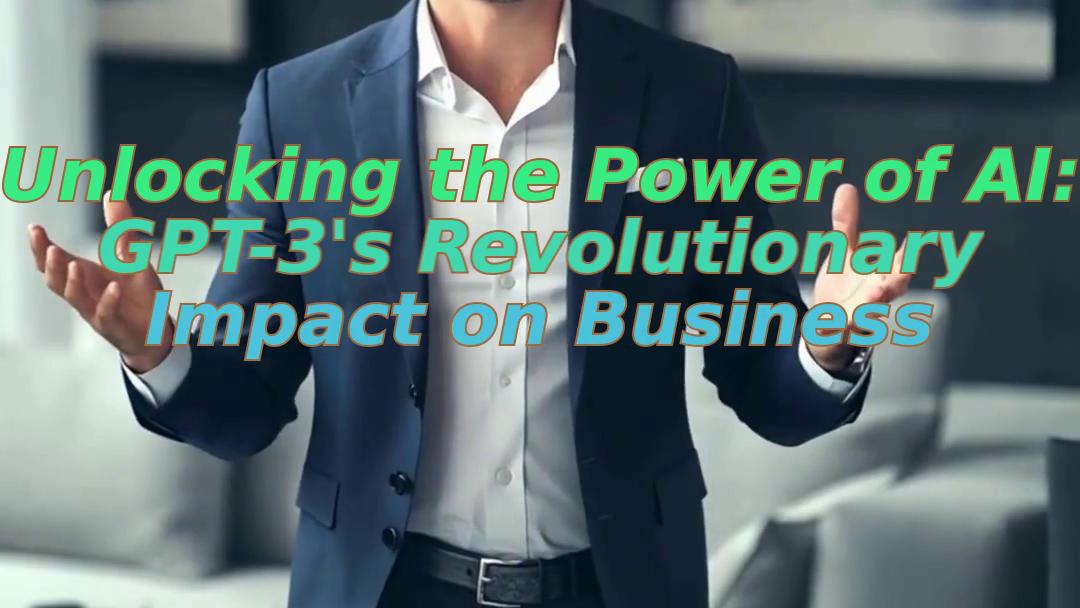The Costly Gratitude: How GPT's Price Tag Defines AI's Business Value
Sam Altman, the CEO of OpenAI, recently revealed that expressing gratitude to their advanced language model, GPT, can cost enterprises millions of dollars. This revelation highlights the significant financial investment involved in leveraging cutting-edge AI technology for business purposes.
The financial implications stem from the substantial computational power and resources required for GPT models to operate effectively. These costs are incurred during the processing and interpretation of vast amounts of data, which is necessary for generating useful outputs. Despite the high expense, many companies consider these investments worthwhile given the potential for enhancing operations, customer relations, and decision-making processes.
Altman's disclosure underscores the growing demand for sophisticated AI solutions. Companies are increasingly relying on AI models like GPT to stay competitive in the fast-evolving digital landscape. These models provide valuable insights and predictions, enabling businesses to optimize strategies and improve outcomes across various sectors.
The financial aspect is also reflective of the broader trend in the AI industry where developing and maintaining high-performance AI systems requires significant capital and technical expertise. Firms must balance these costs with the anticipated benefits such systems bring, such as operational efficiencies and innovative capabilities.
As the use of AI continues to expand, considerations around cost-versus-benefit become crucial. While the promise of enhanced productivity through AI is alluring, organizations must carefully assess their financial commitments in this arena to ensure sustainable, long-term benefits.
Ultimately, Altman's comments highlight the complexities tied to advanced AI deployment, where the cost of innovation must be carefully weighed against potential advantages, prompting a deeper examination of AI's role in future business strategies.


_b905d9341749265671656.jpg)








